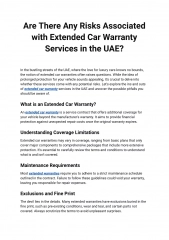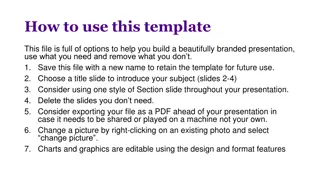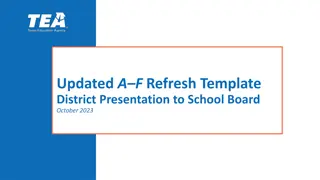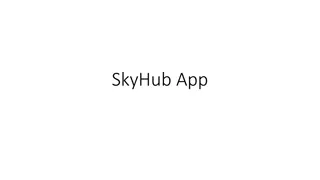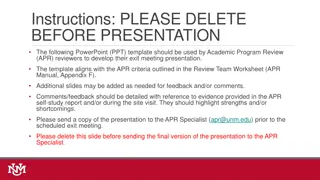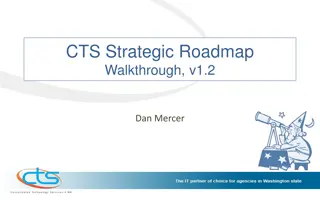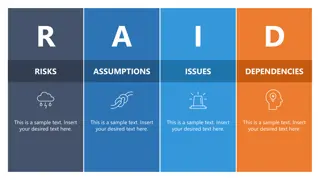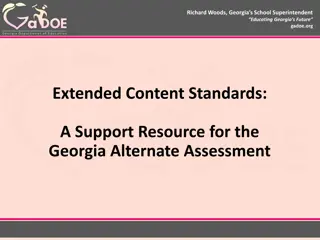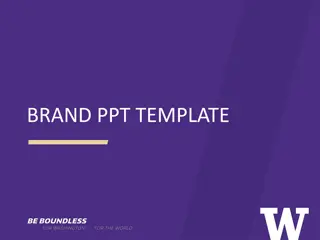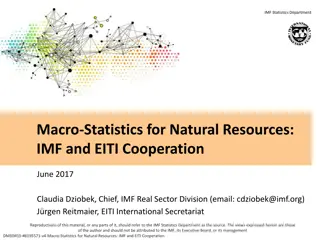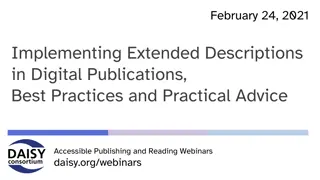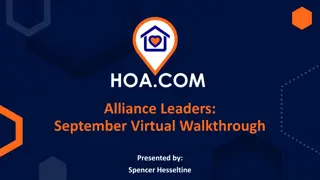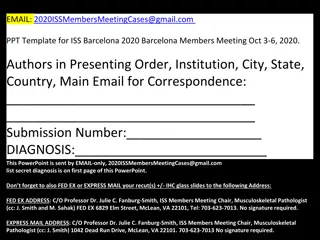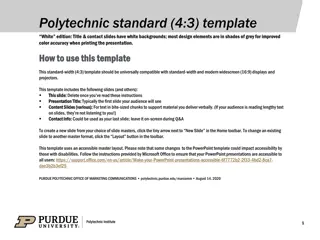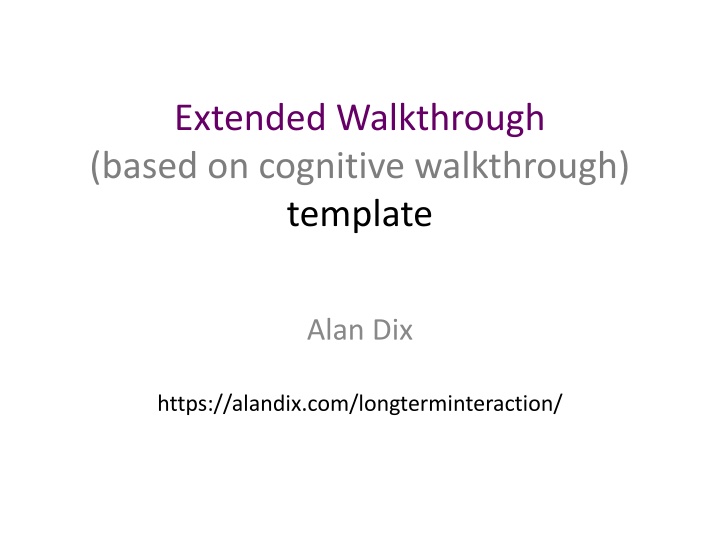
Effective Extended Walkthrough Template for Cognitive Evaluations
"Enhance your cognitive walkthrough process with this detailed extended walkthrough template based on Alan Dix's method. Includes system specifications, user descriptions, task details, and user action lists for a comprehensive evaluation. Improve user experience and system usability efficiently."
Download Presentation

Please find below an Image/Link to download the presentation.
The content on the website is provided AS IS for your information and personal use only. It may not be sold, licensed, or shared on other websites without obtaining consent from the author. If you encounter any issues during the download, it is possible that the publisher has removed the file from their server.
You are allowed to download the files provided on this website for personal or commercial use, subject to the condition that they are used lawfully. All files are the property of their respective owners.
The content on the website is provided AS IS for your information and personal use only. It may not be sold, licensed, or shared on other websites without obtaining consent from the author.
E N D
Presentation Transcript
Extended Walkthrough (based on cognitive walkthrough) template Alan Dix https://alandix.com/longterminteraction/
1. specification or prototype of the system 2. description of the users 3. description of the task the user is to perform 4. complete, written list of actions needed
1. specification or prototype This doesn t have to be complete, but should be fairly detailed. e.g. location and wording for a menu can make a big difference.
2. description of the users An indication of who the users are and what kind of experience and knowledge the evaluators can assume about them.
3. description of the task Description of the task the user is to perform on the system. This should be a representative task that most users will want to do.
4. user actions needed A complete, written list of the actions needed to complete the task with the proposed system.
multi-phase interactions Where user interaction takes place in a number of phases of activity with gaps in between: complete 1 and 2 once complete 3 and 4 for each phase of interaction in addition high-level versions of 3 and 4: identify the overall aim or activity within which system use fits and how each task (3) works to accomplish this create a user story including finding out about the system, steps of use (as described in 4), gaps between, how fresh use is triggered, and if relevant the end
3a. overall aim/activity Description of the overall activity within which the individual phases of interaction fit, including aims/goals/drivers.
4a. user story Map out the overall phases of interaction with the system, including relevant non-system activity before, between and after.
walkthrough prompts single phase of use
for each task action (standard cognitive walkthrough) goal match Is the effect of the action the same as the user s goal at that point? visibility Will users see that the action is available? identification Once users have found the correct action, will they know it is the one they need? feedback After the action is taken, will users understand the feedback?
for overall activity or phases conflict Are there any conflicts between organizational and individual goals? If so are there means in the systems or supporting process to deal with this? emotion and motivation (if relevant) Is the system engaging/enjoyable how is motivation to use the system maintained
at start knowledge How does the user know the system exists? motivation What makes them want to use it? opportunity What enables actual use? (installation, access etc.)
between phases motivation What makes them want to re-engage? trigger What prompts the user to re-engage? opportunity How do they do so? (e.g. find URL, locate app)
at end existence Is there a natural end to the overall activity termination If user action is needed is this clear? recognition Does the user know they have got to the end? satisfaction Has the overall activity met the broad goals?

